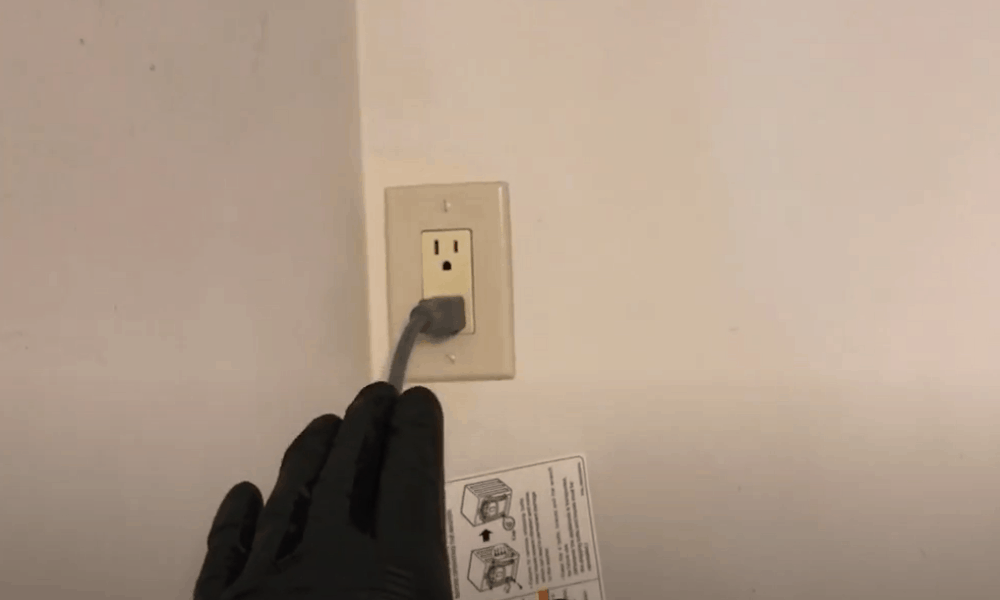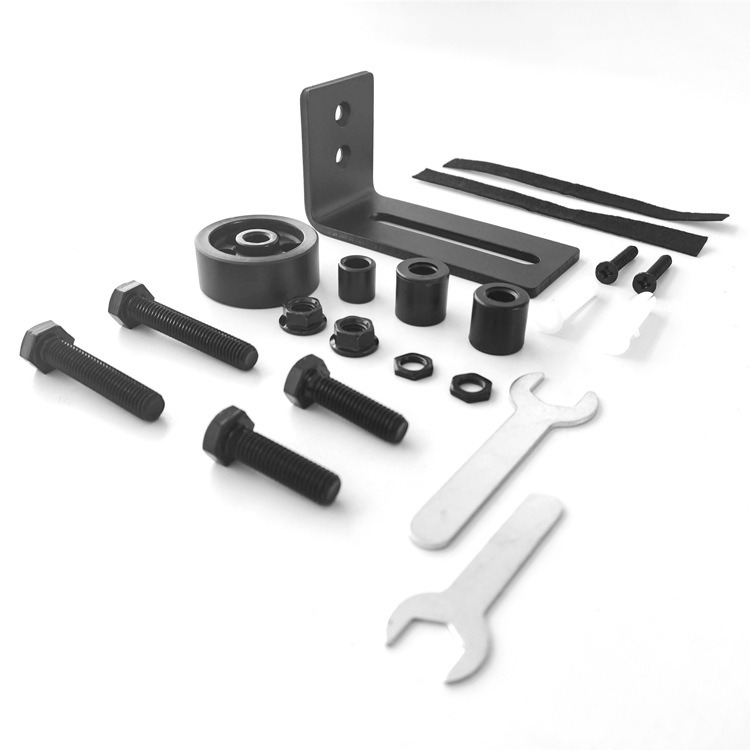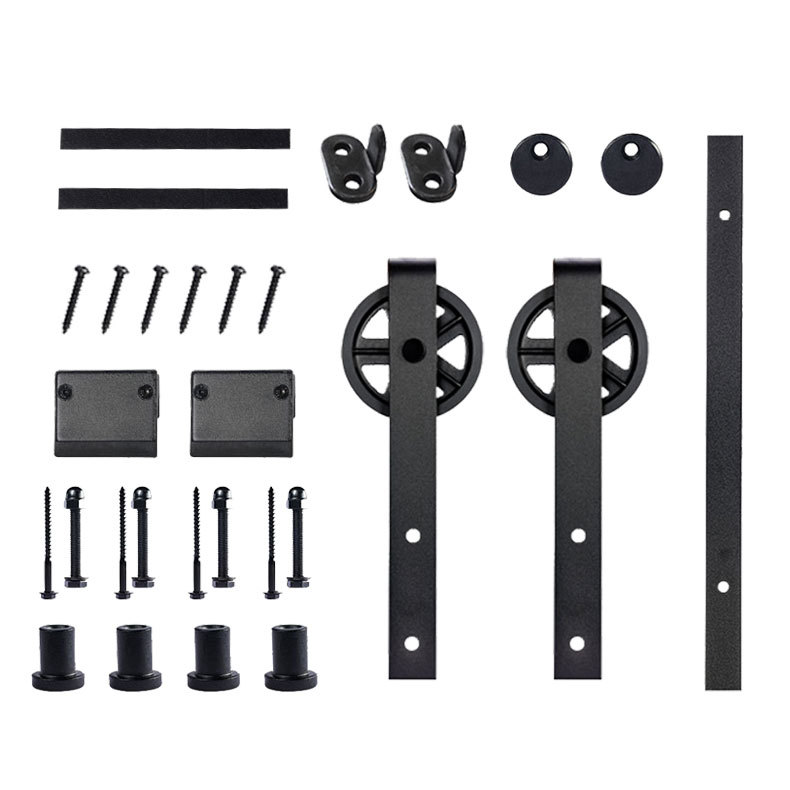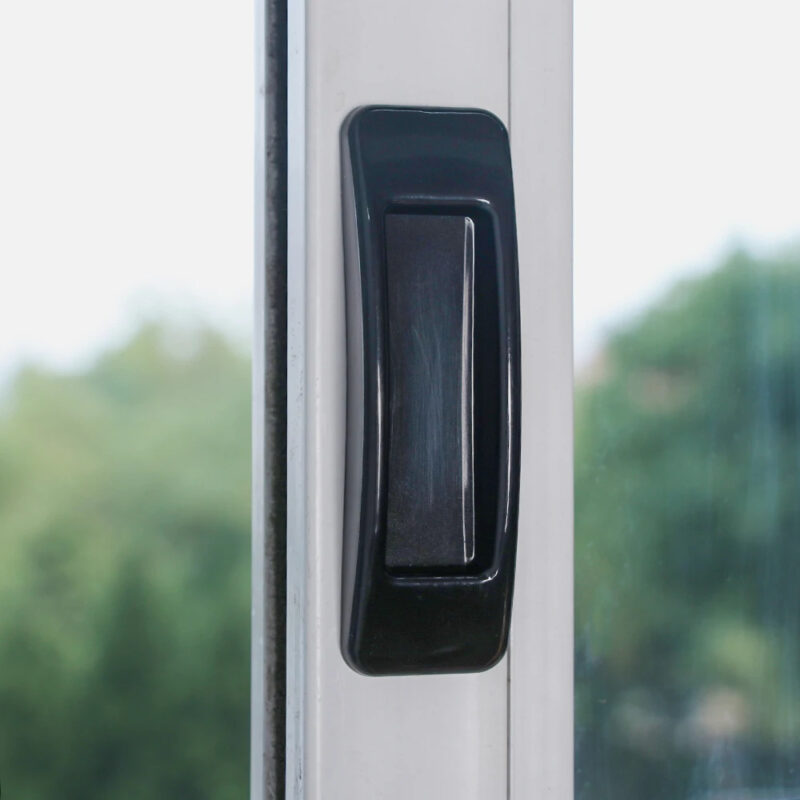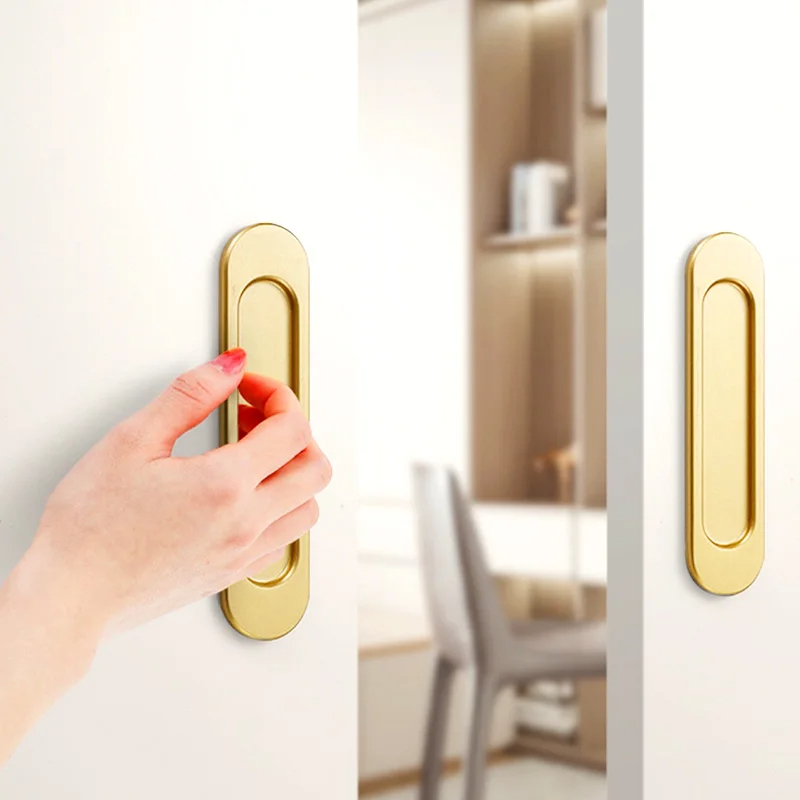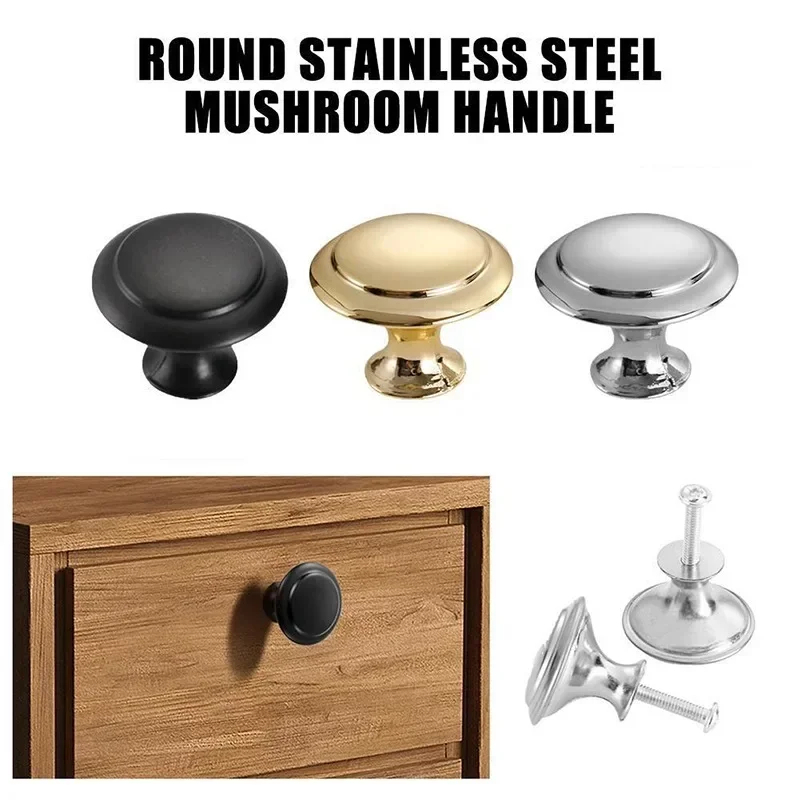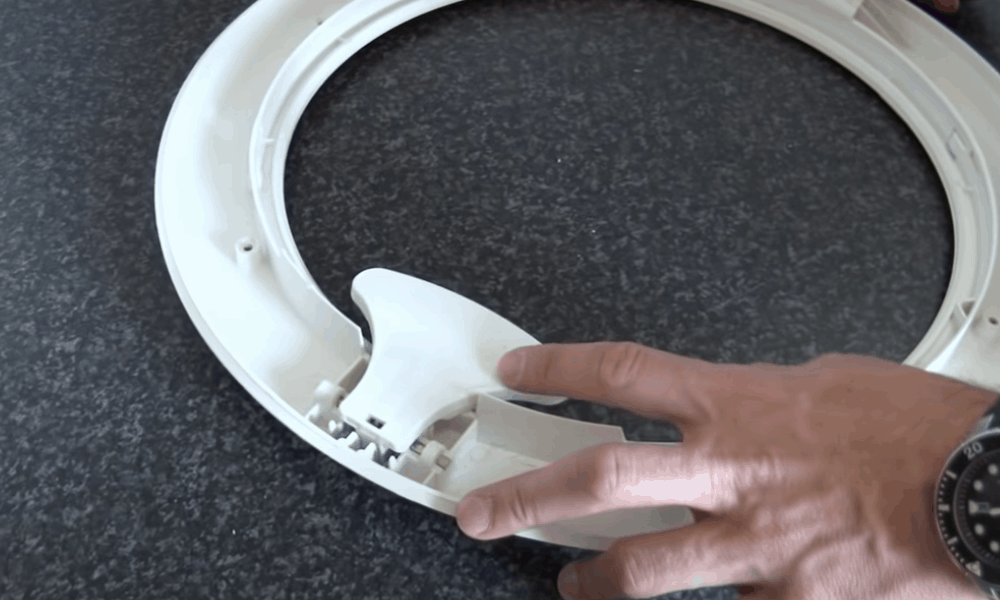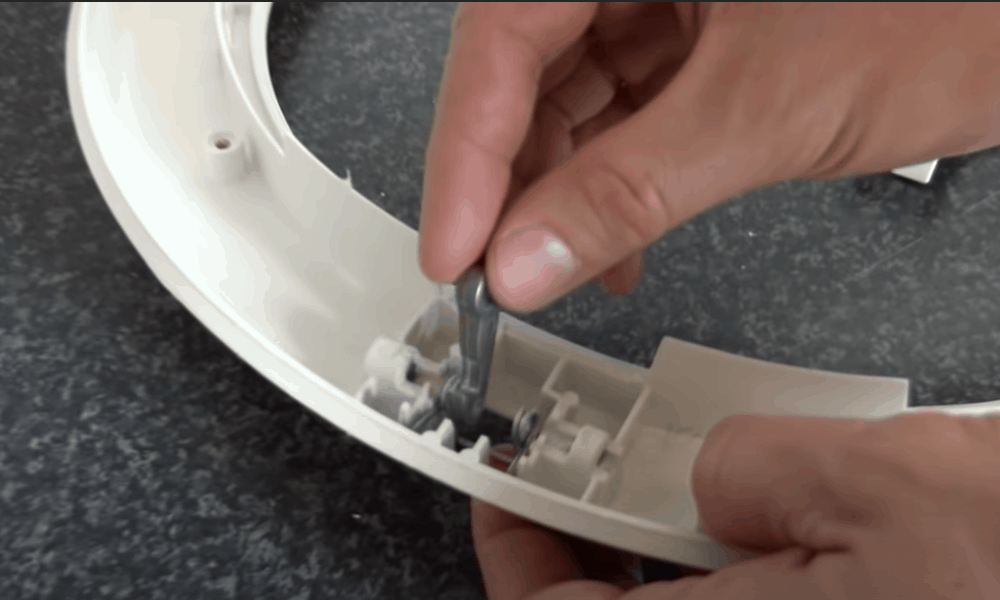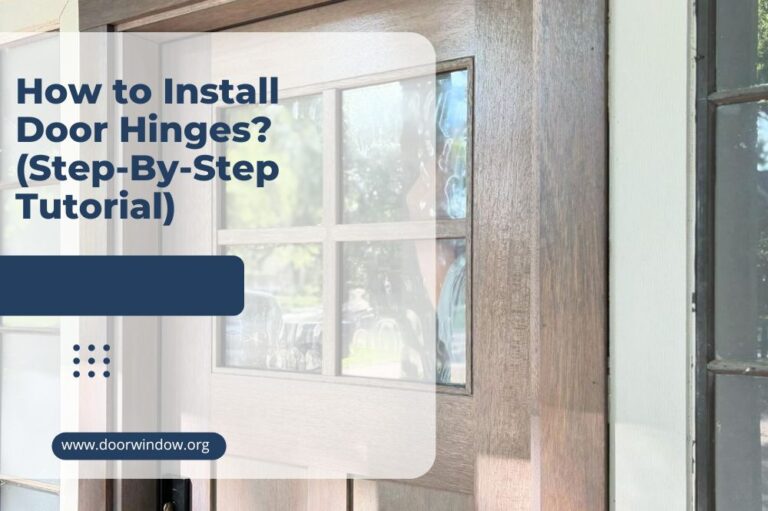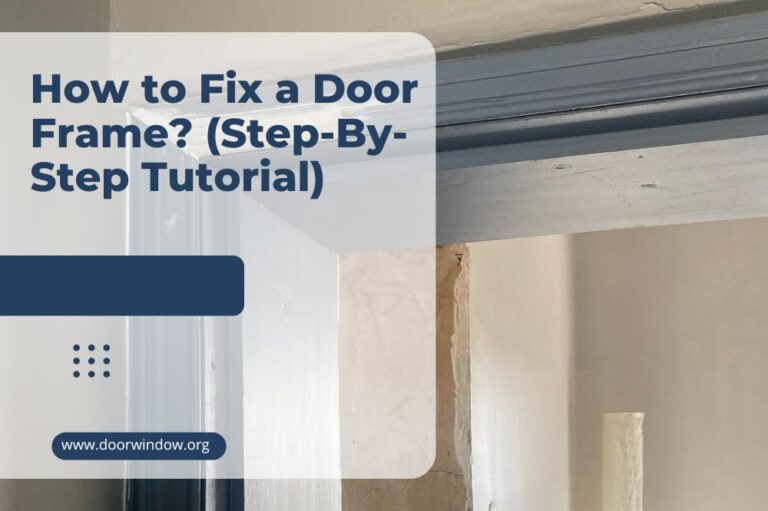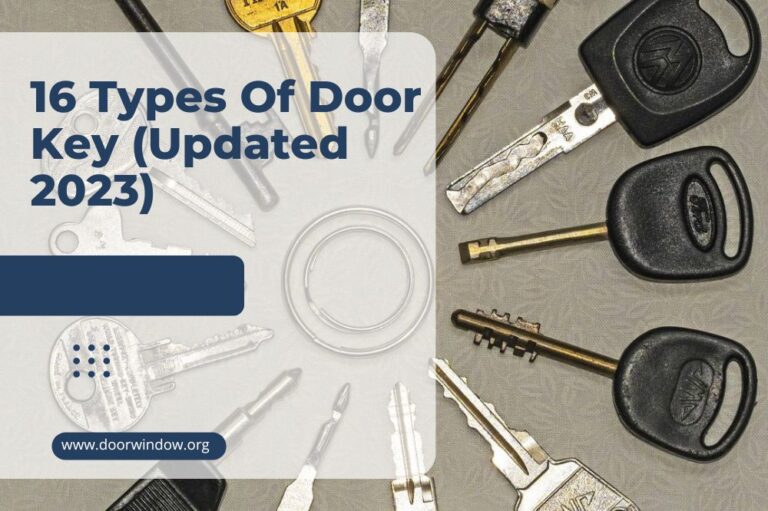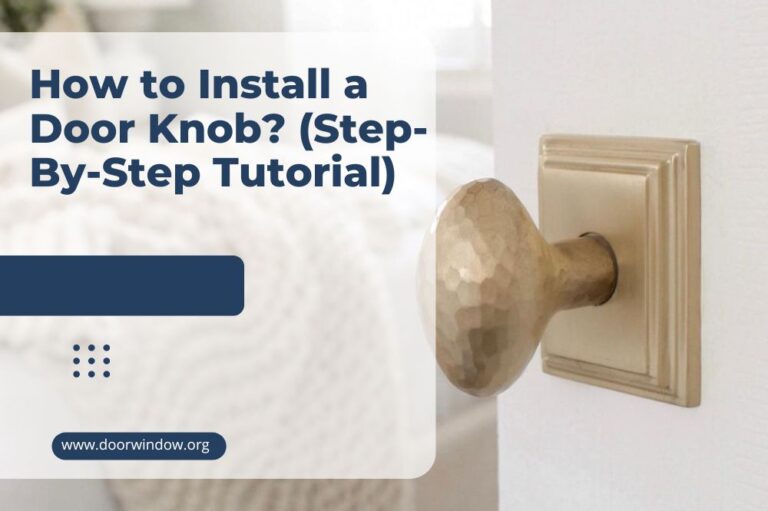How to Bypass a Washing Machine Door Lock? (8 Tips)
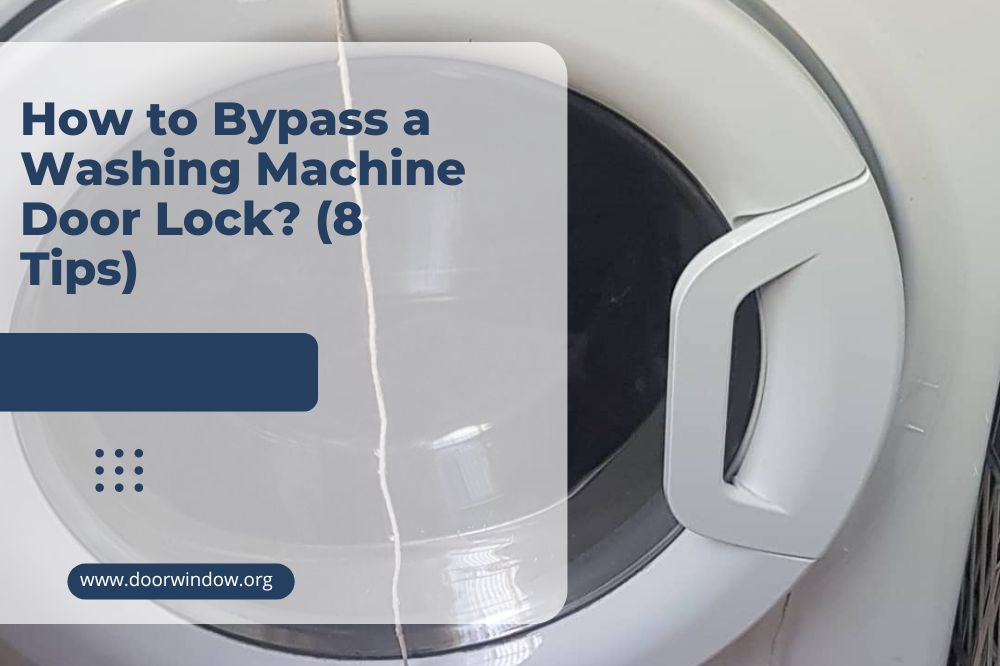
For a lot of us, labor-saving devices are a given. We’ve always had a washing machine, dishwasher, and vacuum cleaner, so we can’t imagine the alternative. It may shock us that in many parts of the world – and even here in the US – many people still do their chores by hand.
But sometimes, technology can get in its own way. For example, your washing machine door lock is intended to prevent clothes (and foam) from spilling out during use. This ensures less mess and more wash. But what happens when the door lock is broken? Here are some solutions.
How do you Bypass a Washing Machine Door Lock
Option 1: Identify the Problem
Your washing machine door might be stuck in a closed position. Or the latch may be broken, so when you shut the washing machine door, it refuses to stay closed. In that case, the issue could be the interlock on the machine itself or the clip on the machine door. Another issue could be the hinge. Maybe it’s broken, rusty, or damaged so it sticks shut and needs oiling or replacing.
Most washing machine doors are positioned for safety. Meaning when you open the door, the machine automatically stops running. So if the machine keeps spinning even after you lift the lid, you probably need some repairs. Luckily, many of these spares are available at your local hardware store and they’re easy to replace. Try watching a few videos to see how easy it is.
In the video, the homeowner is attempting a DIY solution with his lid switch. An alternate version of this is to find the switch. If it’s manual, it may be stuck in a closed or open position. Get a stick or a random piece of wood and whittle it down to the right size and shape. Jam it behind (or in front of) the stuck switch to nudge it in the right direction and hold it in place.
Option 2: Wait a While
As we’ve mentioned, your washing machine door lock is a safety measure. On some appliances, it works a bit like a circuit breaker. So when the machine gets too hot, the lid jams shut to prevent you from opening it. If you forced it open at the point, the combination of sparks, water, heat, and electricity could go very badly, so the machine door jams to keep everything safe.
If that’s the case, turn off your power supply. Drain the machine to release as much water as possible, then wait for the machine to cool. This could take anything from ten minutes to an hour. Once all your washing machine surfaces are cool to the touch, try the door again.
It should open easily. Try lessening the load size by reducing the number of clothes in the washer or dryer. Otherwise, it’ll just overheat again. Also, if your washing machine requires power to drain, release the excess water before turning off the power. It’ll help the machine cool faster.
Option 3: Cut it Out
Not everybody reads the instructions on their appliances. But it does help to keep the booklet around, in case of emergencies. In this scenario, turn off your machine and disconnect it from the power source. Remember, even when it’s not in use, there’s often a pint (half a liter or 0.1 gallons) in the machine at any given time, so dress appropriately – you will get wet.
Turn off the water supply to your washing machine. Check the instruction panel on your washing machine. It’s usually on the back cover, but might be on the side or underneath the machine. The panel has a ‘map’ of your washing machine schematics. Find – on the map – where the safety circuit is and disable it. This will involve cutting a specific wire.
Cutting will allow you to bypass your washing machine door lock, but it will also void your warranty, so be careful! You also want to be sure you’re cutting the right wire. Otherwise, you could ruin your washing machine altogether. Try watching a demo video for tips on safe cutting.
Option 4: Unstick the Stuck Door
If the door is stuck in the ‘closed’ position, you can’t yank it open. It might be stuck with clothes inside. Or maybe it’s been idle for a while so the door won’t open to let you load the machine. It’s easier to do these repairs when the machine is off and empty, but you may not have that option. Since you can’t do it yourself, get someone to help you tilt the machine and stand it at an angle.
The angle will depend on whether your washing machine is top-loading or side-loading. In both machines, laying the machine horizontally could damage the inner mechanisms, so never lay it flat. Find a mechanical inlet for the machine – it’s usually at the bottom. Stick your arm up to access the washing machine door lock. Jiggle it to release the door latch as well as the interlock.
Option 5: Replace the Door Lock
Sometimes, the door refuses to stay closed. So the machine refuses to work because it can’t run with the door open. In such instances, try manually replacing the two sections of the door lock i.e. the interlock and the door release mechanism latch. This process has multiple steps, but it’s fairly easy to do. You’ll need a power drill with screwdriver bits that matches your machine.
Carefully remove the rubber seal and the metal retainer ring. You don’t want the wire (or your tools) poking any holes in the rubber. Use your power drill to unscrew the interlock, then slip your hand behind the rubber seal and pull out the current interlock device. Replace it with a working piece then re-insert it. Put back the retainer and the rubber seal, securing both in place.
Option 6: Replace the Door Latch
You can replace the latch and interlock at the same time, especially if both are damaged. You’ll have to unscrew the washing machine door off its hinges. This applies to both top-loaders and side-loaders. Study your washing machine door to see how it’s put together. In most models, there’s an outer layer and an inner layer of trim, with the safety latch slipped between them.
Other models have a viewing screen or bowl between the layers of trim, and you’ll have to remove that as well, just to give yourself more room to work. Separate the outer and inner trim, including the see-through bowl. Take out the old latch, and snap in a new replacement latch. Some latches come in separate parts so you may need to assemble them first.
Also, in the process of taking your machine door apart, you may notice cracks and dents on one or more parts. Take the damaged part to your local supplier so you can buy the right replacement. Many of these washing machine parts are available as one-piece replacements. That way, you don’t need a whole new machine when one small part gets spoilt.
Option 7: Replace the Hinges
As you examine your washing machine, you may notice the door sticks as a result of messed up hinges. On many washing machine models, the hinges comprise a central metal section topped by plastic bearings. Both the metal and plastic parts are sold as individual spares, so replacing them isn’t a challenge. Use a drill to unscrew your washing machine door hinges.
Separate the outer and inner trim to get at the hinges. Check which section is damaged, then replace it as needed and clip everything back into place. You may be tempted to simply lubricate your hinges, but that risks getting dirty oil on your clean clothes while they’re in the wash. Worse, the oil could seep into your laundry batch and cause more stubborn stains.
Option 8: Replace the Magnet
On some washing machines, the door lock is magnetic. You’ll need to access the circuit and implant a new magnet. Remove the top panel of your machine (if it’s a top-loader) or the front cover (if it’s a side-loader). This lets you see the gadget bits below. You should see the slot that connects the inner switch mechanism to the outer surface. You won’t see any magnet in there.
That’s because it’s an electromagnetic connection, so you’re actually adding a magnet rather than replacing a damaged one. Position your new magnet and double-check that everything is properly aligned. Snap or screw the cover back in place then re-plug your washing machine.
Test it out to see if the door closes correctly. Aligning the magnet between the two switch panels is a precise technique, so you may have to repeat this process several times to get it right. Also, ensure your replacement magnet is small enough to fit inside the slot. And buy a designated magnet for this role. If you steal one from your kids or fridge, someone will try to steal it back …
Wash Away!
So how do you bypass a washing machine door lock? Here are some suggestions:
- Let the machine cool down and the door may unlock naturally.
- Cut the color-coded wires and tape them off for added safety.
- Trick the solenoid with a small replacement magnet.
- Tilt the machine and stick your hand in to manually unlock a stuck door.
- Replace the hinges, door interlock, or lock-release latch as needed.
- Use a piece of wood to hold the switch closed or open.
What type of washing machine are you using right now? Show us a photo in the comments!

